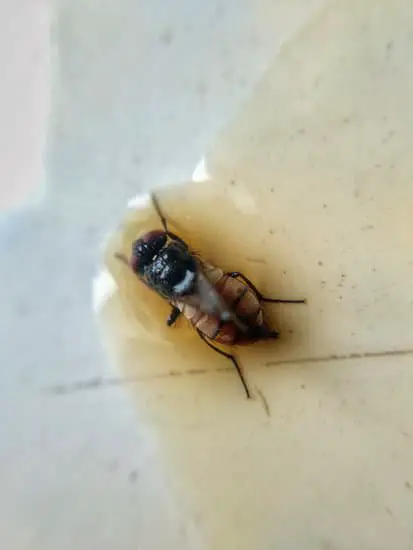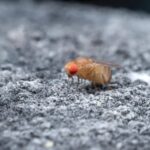Can Houseflies Transmit Disease?
While flies are not typically thought of as carriers of disease, they can be a source of infection. Fly species including the house fly and the blowfly can carry more than 600 different bacteria, some of which are known to cause diseases in humans. These bacteria can be carried by flies on their wings, legs, and other parts of their bodies. When a fly touches food, it may pick up the bacteria, which can lead to an infection.
Several viruses have been isolated from flies in laboratory experiments. Many of these viruses are of veterinary importance, such as hepatitis B virus, Senecavirus A, and porcine reproductive and respiratory syndrome virus. Avian influenza virus and Newcastle disease virus are also known to be transmitted by house flies.
The larvae of these flies can cause myiasis, a parasitic disease. This disease is common in tropical and subtropical regions and is spread by the bite of a fly. Some flies deposit eggs near sores or wounds, where the larvae hatch. When they mature, they burrow into the skin. Some species can penetrate deeper into the body and cause infection.
Houseflies can also transmit a variety of bacterial and viral diseases. The World Health Organization estimates that houseflies can spread over 65 different types of disease. They may also carry diseases that affect humans, including tuberculosis and diarrhoea.








